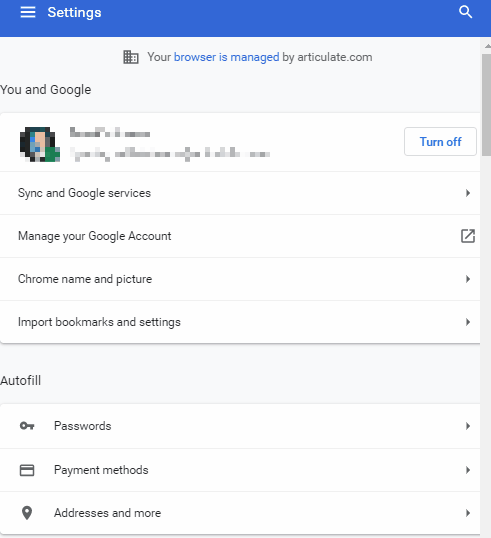
So the next time you’re struggling to hear or understand something in your media, give Live Caption a try. The feature is easy to use and can be customized to your preferences.
GOOGLE LIVE CAPTION ANDROID
With Live Caption, Google has made watching media on your Android device more accessible than ever. When you’re finished watching your media, you can hide the caption box by tapping the speaker icon again. Go to Settings > Accessibility > Captions, and turn on the Live captions toggle. Select Start > All apps > Accessibility > Live captions.
GOOGLE LIVE CAPTION WINDOWS
(To open quick settings, select the battery, network, or volume icon on the taskbar.) Press Windows logo key + Ctrl + L. If the caption box is in the way of your media, you can move it around by dragging it to a different part of the screen. Turn on the Live captions toggle in the quick settings Accessibility flyout. You can also enable or disable profanity filters. Here, you can change the caption text size, style, and color.


You can adjust the Live Caption settings by tapping the gear icon on the bottom left of the caption box. Tap it to access the Live Caption feature. When it starts playing, you should see a small box with a speaker icon appear on your screen. To do this, go to your phone’s settings, select “Accessibility” and then tap “Live Caption.” Turn it on by toggling the switch.
GOOGLE LIVE CAPTION HOW TO
Here’s how to use Google’s Live Caption on Android:įirst, you need to enable Live Caption on your device. It’s a great feature for people who are hard of hearing, in noisy environments or just want to follow along with their media without having to turn up the volume. This feature adds subtitles to any media on your device, whether it is a video, podcast or audio message. Go here for more info about how to do that.Google has recently introduced a new feature to its Android operating system called Live Caption. Your admin can also disable the feature altogether. If I don't want Teams to process this data to begin with, can I prevent it? Caption data is permanently deleted after the meeting is over. Microsoft ASR involves no human intervention, and no one can access the meeting audio or any other meeting information at any time. We use the Microsoft Speech Translation technology powered by Azure Cognitive Services for translating live captions. The Microsoft Automatic Speech Recognition (ASR) technology service, which generates Teams meeting captions, may use a meeting's subject, invitation, participant names, attachments, and recent emails of the participants to improve the accuracy of captions. What data does Teams use to create the captions? We process the data in the geographical region where your organization is based. Here, click on Manage accessibility features in the right pane. On the Settings page, click on Advanced in the left sidebar to expand the menu and then open Accessibility. Then, click on the cogwheel icon to open Settings.

FAQ Where does Teams process the data it uses to provide live captions? First, open the Quick Settings panel in the bottom-right corner. Note: Obscenities are obscured by asterisks. Use the highest-quality Teams-certified equipment available to you. As your distance from the mic increases, captions may become less accurate.Īvoid having multiple people speak at the same time. Speak clearly, slowly, and directly into the mic.

To make sure your live captions are as accurate as possible, try to follow these best practices: Important: Microsoft reserves the right to restrict or place limitations on the use of Speaker Coach, with reasonable notice, in order to limit excessive use and/or fraud, and to maintain optimal service performance.Įnglish (US), English (Canada), English (India), English (UK), English (Australia), English (New Zealand), Arabic (Arab Emirates) (Preview), Arabic (Saudi Arabia) (Preview), Chinese (Simplified China), Chinese (Traditional, Hong Kong SAR), Chinese (Traditional, Taiwan) (Preview), Czech (Czechia) (Preview), Danish (Denmark), Dutch (Belgium) (Preview), Dutch (Netherlands), French (Canada), French (France), Finnish (Finland) (Preview), German (Germany), Greek (Greece) (Preview), Hebrew (Israel) (Preview), Hindi (India), Hungarian (Hungary) (Preview), Italian (Italy), Japanese (Japan), Korean (Korea) (Preview), Norwegian (Norway), Polish (Poland) (Preview), Portuguese (Brazil), Portuguese (Portugal) (Preview), Romanian (Romania) (Preview), Russian (Russia) (Preview), Slovak (Slovakia) (Preview), Spanish (Mexico), Spanish (Spain), Swedish (Sweden), Thai (Thailand) (Preview), Turkish (Turkey) (Preview), Ukrainian (Ukraine) (Preview), Vietnamese (Vietnam) (Preview), Welsh (Wales)Īrabic, Chinese Simplified, Chinese Traditional (Preview), Czech, Danish, Dutch (Preview), English, Finnish, French, French (Canada), German, Greek, Hebrew, Hindi, Hungarian (Preview), Italian, Japanese (Preview), Korean (Preview), Norwegian, Polish (Preview), Portuguese (Brazil), Portuguese (Portugal), Romanian (Preview), Russian (Preview), Slovak (Preview), Spanish, Swedish, Thai (Preview), Turkish (Preview), Ukrainian, Vietnamese (Preview) Get the most out of your captions


 0 kommentar(er)
0 kommentar(er)
